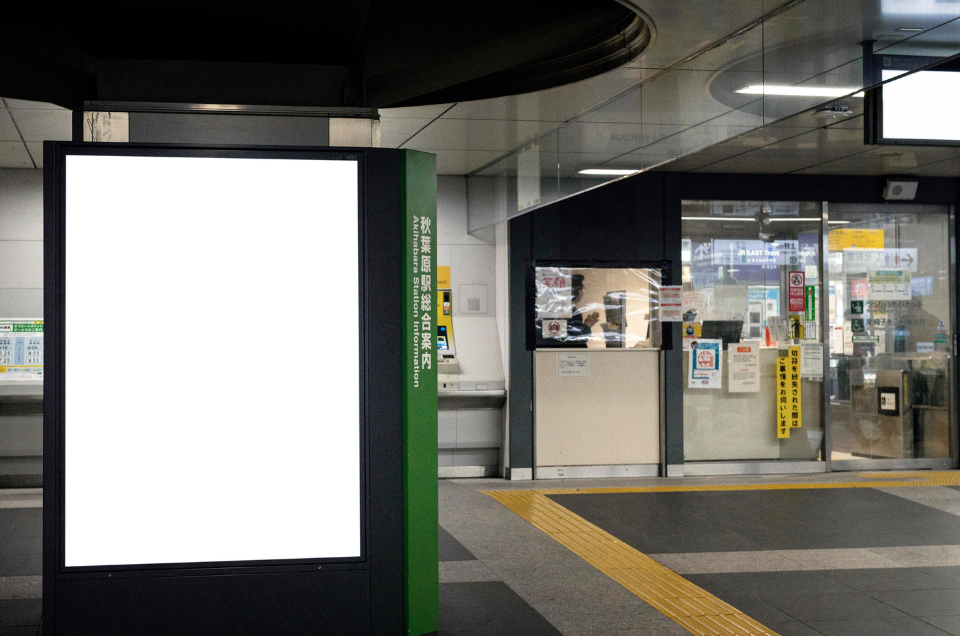The Future of Job Advertising Platforms

Recruiting the right talent today isn’t just about posting a job and waiting for applications to roll in. The job advertising landscape has shifted from traditional bulletin boards and newspapers to powerful tech platforms that use automation, AI, and behavioral data to connect companies with the right talent faster than ever before.
As companies face rising competition in hiring, staying relevant means adapting to new ways of promoting vacancies. Platforms like JobStreet, LinkedIn Jobs, Indeed, and new AI-driven tools are leading the change. They don’t just list jobs but they act as smart hiring ecosystems that connect employers to job seekers with unmatched precision and engagement.
So, what’s transforming the future of job vacancy platforms? Here’s why these tech-driven innovations matter:
1. Smart Job Matching
AI-powered algorithms now read between the lines of both job descriptions and candidate resumes to create accurate matches. Instead of relying on keyword filtering alone, these systems analyze skills, experience, and behavior patterns to surface better-fit candidates.
For job seekers, this means receiving more relevant opportunities. For employers, it results in fewer mismatches and a shorter time-to-hire, boosting efficiency across the board.
2. Data-Driven Insights
Modern platforms give recruiters access to a treasure trove of data, including how many people view a listing, which parts they engage with most, and how it compares to similar postings in the industry. These insights help companies refine their approach in real time.
Recruiters can now make smarter decisions based on candidate engagement trends and platform analytics, which leads to better job ad performance and improved hiring outcomes.
3. Automated Screening & Chatbots
AI chatbots have become powerful allies in the early stages of hiring. These bots can pre-screen applicants, answer basic questions, and even schedule interviews, freeing up valuable time for human recruiters.
This automation not only saves time but also ensures candidates receive a quicker response, improving the overall candidate experience and maintaining brand professionalism.
4. Programmatic Job Advertising
Instead of simply posting and hoping, companies now use programmatic tools to promote job ads across various websites based on user behavior, interests, and demographics. It works similarly to digital ad placements in marketing.
This approach ensures that job ads reach the most relevant candidates whether they’re actively looking or just passively browsing, maximizing exposure and application quality.
How Platforms Are Going Beyond Job Listings

Today’s job platforms are not limited to listing vacancies. They now serve as brand-building tools, digital recruitment centers, and content platforms rolled into one. Companies that adapt to this shift are finding it easier to engage both active and passive job seekers.
1. Social Media & Professional Networks
Platforms like LinkedIn and Facebook have become essential in job advertising. They allow companies to promote vacancies directly within social feeds, increasing visibility among users who may not be actively searching.
This cross-channel strategy helps employes reach a broader pool of talent, especially among passive job seekers who need a nudge before considering a change.
2. Employer Branding & Company Reviews
Job seekers today want to know more than just the role, they want to understand the work environment, team culture, and growth potential. Tools like Glassdoor and JobStreet’s company reviews make that possible.
By managing these platforms well, companies can build trust and stand out to job seekers who prioritize transparency, work-life balance, and values alignment.
3. Video & Interactive Job Ads
Videos job descriptions and virtual career fairs are gaining popularity, particularly among Gen Z and millennial job seekers who prefer more dynamic, immersive formats.
These formats allow companies to humanize their message and make a stronger emotional connection with candidates through storytelling, visuals, and real employee testimonials.
4. Mobile-First Experience
With most job searches happening via smartphones, platforms have shifted to mobile-first design. Easy application flows, push notifications, and mobile chat support are becoming standard.
A streamlined mobile experience ensures companies don’t lose top candidates due to complicated forms or poor app performance, especially in fast-paced hiring scenarios.
What’s Next for Job Vacancy Tech Advertising?

The future is pointing toward more personalized, predictive, and immersive job advertising experiences. Employers that embrace emerging tools early will have the edge in attracting high-quality talent.
1. AI-Driven Candidate Targeting
Predictive analytics will help recruiters identify and reach candidates even before they start actively job hunting. This proactive approach reduces time-to-hire and secures in-demand talent early.
By understanding candidate behavior and intent, platforms can help companies create targeted campaigns that speak directly to each potential hire’s needs and preferences.
2. Location Intelligence in Recruitment
With tools that analyze workforce movement, salary expectations by region, and local hiring trends, companies can better plan job postings and relocation incentives based on geography.
This insight-driven strategy is especially useful for expanding businesses, helping them understand where to tap into untapped talent pools.
3. Immersive Job Ads
Imagine being able to “Walk through” your potential workplace using augmented or virtual reality. Soon, immersive job previews will offer candidates a deeper understanding of the role and the work environment.
These engaging previews could improve application quality and reduce turnover by giving candidates a realistic look into their future job experience.
The Employer Brand is now a Marketing Campaign

In today’s landscape, recruitment is no longer just HR’s job, it’s a marketing effort. From video content to mobile experiences and real-time analytics, how you promote job opportunities shapes how talent sees your brand.
Companies that invest in strong employer branding, compelling job content, and data-driven outreach are far more likely to win the war for talent. The job ad is no longer just a vacancy notice, it’s your brand’s handshake to the workforce.
Want to dive deeper into recruitment tech trend? Join us at Media Summit Malaysia 2025 to explore how smart hiring, automation, and immersive tools are reshaping the future of job vacancy advertising.






